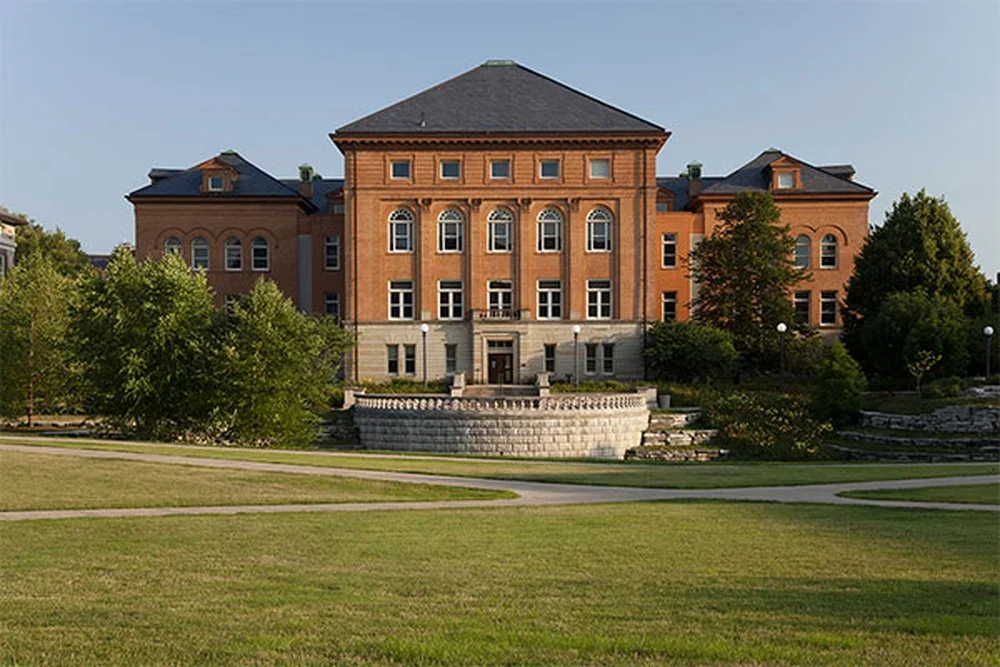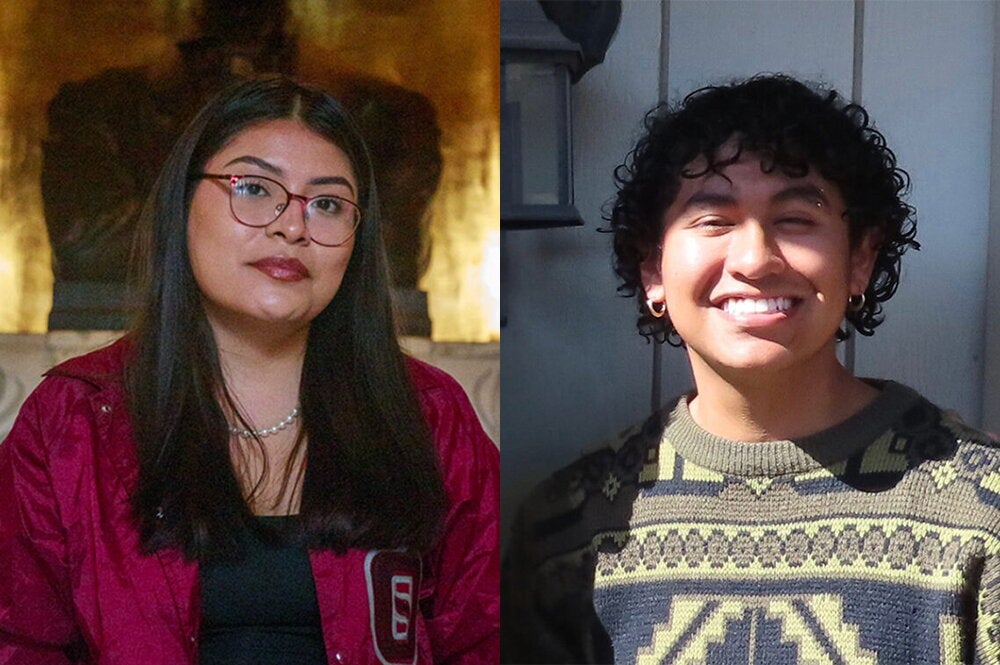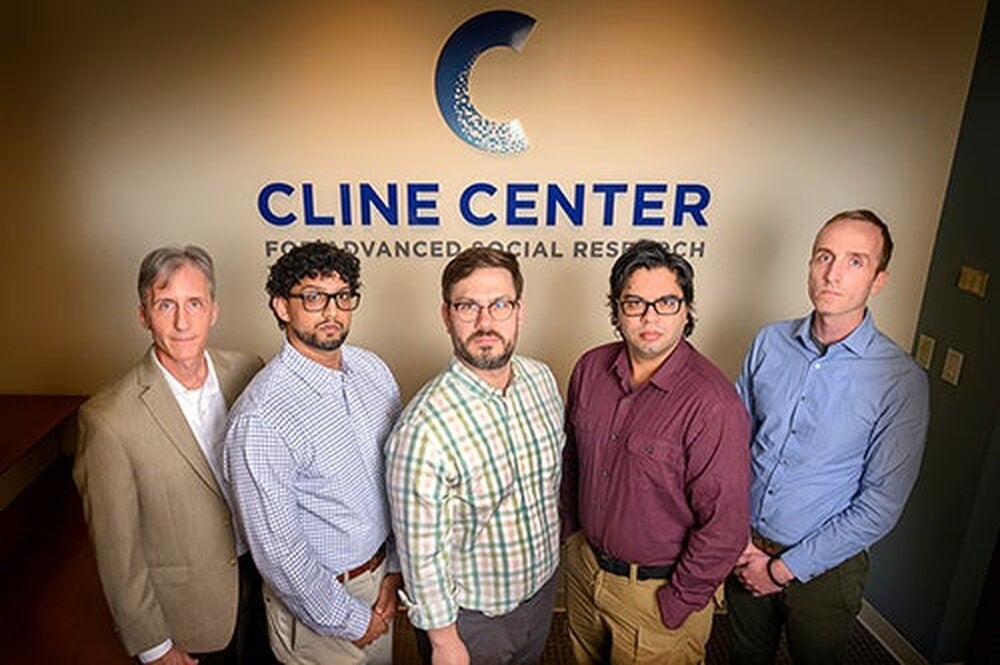
For some people, wilderness might be any place that doesn’t provide a Wi-Fi connection or fresh towels in the morning. For others, if you even so much as come across another group of humans while hiking, you are not in the wilderness.
Robert Pahre, LAS professor of political science, and graduate student Carie Steele took 11 students to Yellowstone and Grand Teton national parks this past summer to study the politics of wilderness. Along the many trails, Pahre and Steele kept notes on the students’ changing impressions of wilderness.
Defining wilderness is more than just an intellectual exercise, Pahre and Steele point out. These definitions can guide public policy, as well as the management of our national parks. For instance, the official legal definition of wilderness is “an area where the earth and community of life are untrammeled by man, where man himself is a visitor who does not remain.”
Many of the students on the trip hail from the Chicago suburbs, where any “calls of the wild” require a cell phone. According to Pahre and Steele, here are the primary factors that influenced their perception of wilderness.
Wildlife. Encountering wildlife along the trail increased the students’ sense that they were in wilderness, especially if the animals were large “charismatic mammals.”
Prominence. The higher the site compared to the area around it, the greater the wilderness experience, even if the mountain-view allowed students to see distant human settlements.
Tours. Whenever students encountered other hikers, it didn’t affect their perception of wilderness. However, when they came across large tour groups or families with unhappy children, it detracted from the sense of wilderness.
Cell Phones. Taking a motorized boat across Jenny Lake, rather than a trail, did not affect their experience. But students were very aware of the absence of cell phone coverage, and that they couldn’t call for help if something went wrong.
Quality of Trails. Some trails show obvious human impact because they are cut out of rock or have boardwalks, bridges, and other improvements. Other trails look “wild,” even if the Park Service maintains them, because they are narrow tracks through the forest or grasslands. The appearance of a trail, more than the actual level of human impact on it, affected students’ perceptions of wilderness.
The bottom line is that wildlife viewing and the isolation offered by mountaintops are the best ways you can boost the sense of wilderness—at least for those who aren’t waiting for somebody to create a Wii Wilderness experience.


